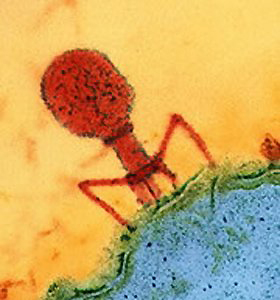One of the greatest scourges of the mid 20th century, leading into the 21st century, has been the human immunodeficiency virus, better known as HIV, which can lead to acquired immune deficiency syndrome (AIDS). HIV is a virus that attacks a person’s immune system. Without treatment, over time HIV can completely destroy a person’s immune system leaving them mortally vulnerable to common pathogens that would otherwise be easily dealt with. Since this disease first burst onto the scene in the mid-20th century it has claimed countless lives, and science has struggled to develop a cure given the ability of the disease to rapidly change and hide-out in the body.

